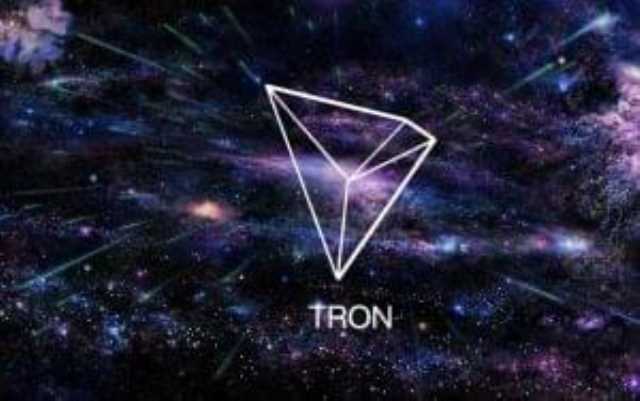What Are Stablecoins?

FRAX, the stablecoin of Frax Finance, claims to be the world’s first fractionally backed stablecoin, with parts of its supply backed by collateral and parts of the supply algorithmic. Stablecoins are also commonly used as a non-custodial savings account to store personal savings or as collateral in DeFi to generate returns and engage in yield farming strategies. Covering the future of finance, including macro, bitcoin, ethereum, crypto, and web 3. Instant settlement is therefore one of the most commonly cited reasons for using the technology by industry players, and is arguably the reason that companies keep coming back to it. The following year, this was underscored when PayPal launched its own stablecoin PayPal USD (PYUSD), issued by Paxos, which also lists TD Bank, Mastercard and Mercado Libre among its partners. Circle, meanwhile, also cites Mastercard as a client, alongside Visa, BNY, Worldpay and BlackRock.
Is Bitcoin a stablecoin?
- Algorithmic stablecoins take a different approach by removing the need for reserves.
- If the issuer of the stablecoin lacks the fiat necessary to make exchanges, the stablecoin can quickly lose value and become worthless.
- GCD is minted using the GTON Capital Dollar protocol and has a real use case as it can be used to pay fees by users looking to take advantage of GTON’s rollup-based Ethereum scaling solution.
- Whenever the holder of a stablecoin wishes to cash out their tokens, an equal amount of the collateralizing assets is taken from the reserves.
- Utility benefits of crypto include fast financial transfers between two accounts, international transfers that are a lot cheaper than using banks and a wider access to financial services.
- Some countries are even experimenting with creating their own stablecoins.
- Instant settlement is therefore one of the most commonly cited reasons for using the technology by industry players, and is arguably the reason that companies keep coming back to it.
The value of most cryptocurrencies is largely determined by what the market will bear, and many people who buy them are doing so in hopes that they will increase in value. If you spend a stablecoin that’s linked to the value of a dollar, you’re what is a stablecoin less likely to look at cryptocurrency prices the next week and see that you’re missing out on a big gain (or huge loss). If a stablecoin loses its intended value and is unable to quickly recover it, it becomes functionally useless.
Introducing Price Alerts
For example, if Organization C has $10 billion of their ethereum-backed stablecoin in circulation, they will hold more than $10 billion of ethereum in reserves. This is called “overcollateralization,” which attempts to smooth out some volatility. Note that fiat-backed and commodity-backed stablecoin organizations can also choose to overcollateralize. Stablecoins aim to solve this uncertainty, attempting to combine the stability of cash with the benefits of crypto technology. On one hand, they operate on blockchains, which supporters believe provide greater security, transparency, cost efficiency, and speed. On the other, they try to reflect the value of real-world assets like the US dollar.
- As of the date this article was written, the author does not own cryptocurrency.
- Stablecoins are cryptocurrencies with a peg to other assets, such as fiat currency or commodities held in reserve.
- With USDT making a surge to $118 billion, followed by USDC to $34.67 billion.
- Allocating a certain percentage of a portfolio to stablecoins is an effective way to reduce overall risk.
- However, it has been besieged by doubt around the reliability of its reserves for years.
Yield-Bearing Stablecoins
Proponents argue this combination makes stablecoins particularly useful as they act as a kind of bridge between traditional assets and the crypto economy. Although stablecoins are a type of decentralized currency, they have a more centralized structure. They are less risky than cryptocurrencies (which are constantly fluctuating in value) but still have the benefits of operating on blockchain technology. Crypto-backed stablecoins work in a similar way to fiat-backed stablecoins. But instead of using dollars or another currency as reserve, we have cryptocurrencies acting as collateral.
The process is transparent, with all dUSD transactions publicly viewable on the Cardano blockchain. That said, even the most dedicated traders sometimes need to step back and catch their breath, particularly when the markets turn negative. Stablecoin prices can vary temporarily by a percent or two in some cases depending on supply and demand. The fluctuations tend to even out over time as the price rebalances to its peg. Many investors believe that someday, every investible asset will have its value stored and available on the blockchain, it will be called tokenized Real-World Assets (RWAs). Impact on your credit may vary, as credit scores are independently determined by credit bureaus based on a number of factors including the financial decisions you make with other financial services organizations.
Covering Crypto Livestream

Centralized stablecoins provide a digital option with the backing of a traditional currency. For example, the most widely adopted stablecoins are dollar-pegged digital assets that effectively act as on-chain representations of the dollar. These stablecoins are leveraged by Web3 users around the world to build an on-chain savings account, protect against market volatility, leverage as a medium of exchange, earn yield, or send money across the globe. Given the $100B+ market cap for stablecoins, it’s crystal clear that Web3 users desire the stability that stablecoins offer.
Bitcoin Bull Run Under Threat as Stablecoin Inflows Hit Record Low

The most prominent are collateralized, decentralized, fractional and algorithmic. Just like other stablecoins, TrueUSD aims to facilitate increased liquidity and a trusted non-volatile crypto alternative to the likes of Bitcoin. It creates “trust” in TUSD by submitting the stablecoin’s reserves to frequent auditing and attestations by independent external parties. Stablecoins are a key innovation that pioneered a now increasingly important subset of the Web3 ecosystem known as tokenized real-world assets (RWAs)—or the tokenization of assets that society today uses on a daily basis. They are an early indicator of the benefits and efficiencies that mass adoption of digital assets can bring. Algorithmic stablecoin issuers can’t fall back on such advantages in a crisis.
